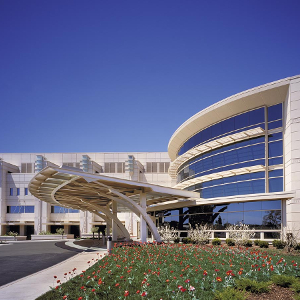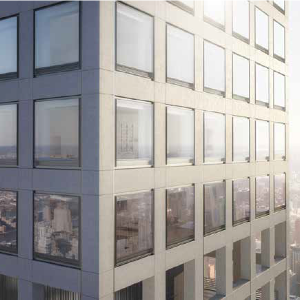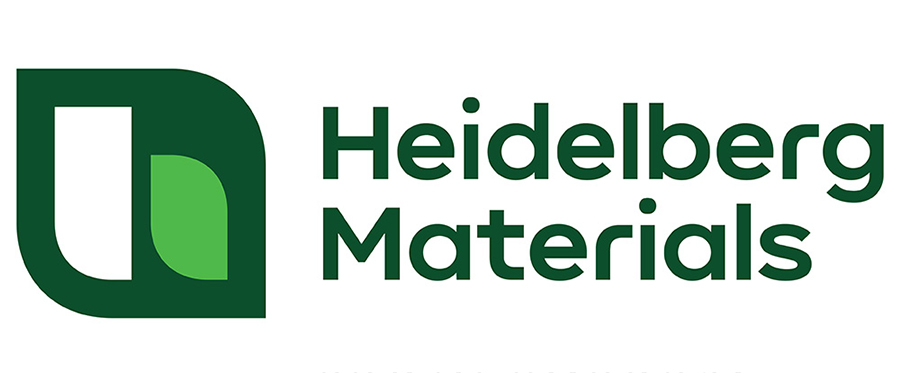Architects, engineers and contractors are drawn to white cement as a medium for adding color. But its applications are not limited to architectural and decorative concrete — anything built with conventional concrete can be built with white concrete.

Embracing Color and Texture
White cement brings a boundless range of clean, bright colors. Applications include architectural concrete, mortar, grout, stucco and a wide variety of concrete products, from roof tiles to countertops.
The addition of pigments creates any color, from pure whites to pastels. An even greater variety of decorative looks are possible with colored aggregates, surface treatments and textures.
Mix designs for white or colored concrete must account for the effects of each ingredient:
• Cement type and color
• Type and dosage of pigments
• Type and dosage of admixtures
• Color and cleanliness of aggregates
• Consistent proportions from batch to batch

More Than a Pretty Face
Except for color, white concrete has the same properties as conventional grey concrete; strength development and performance are identical. That means it can be used in structural applications such as high-rise buildings, bridges and parking structures.
For floors and pavements, decorative concrete takes the form of a full-depth slab or a topping course. White or colored concrete floors can replace other finishes, such as tile, because they are durable and attractive. Polishing, in particular, is increasingly popular as a final finish.
White concrete is highly reflective and reduces the need for artificial lighting. Lower levels of interior lighting in also reduce cooling needs, further lowering energy costs. Reflective surfaces improve nighttime safety and deliver greater illumination for retail, manufacturing and warehousing operations.
Among the many white cement applications: cast stone, concrete masonry and mortar, swimming pools, median barriers, stucco and plaster, tile grout, roof tiles, terrazzo surfaces and countertops.

Case Study Park Ave, New York, NY
This upscale condominium in the heart of Manhattan is the tallest residential concrete building in the western hemisphere at 1400’ high. Exterior faces content of white concrete columns and horizontal spandrel beams.
Read more
Products and Standard
Because its properties are similar to those of gray cement, white cement does not have separate specifications. Depending on use, a number of different standards apply — portland cement, masonry cement, and plaster (stucco) cement.
White portland cements conform to the American Society for Testing and Materials (ASTM) C150, Standard Specification for Portland Cement.
White portland cement:
Type I, Normal: General purpose uses in precast and cast-in-place architectural and structural concrete, pavements/floors and most concrete products.
Type III, High Early Strength: Ideal for precast architectural concrete, concrete masonry, cold weather construction or any application requiring early strength development.
Type II /V Sulfate Resistant/Low Heat of Hydration: Specified when concrete will be exposed to seawater, soils and groundwater with elevated sulfate content or projects in which heat of hydration is a concern, such as dams and bridge supports.
White Portland Cement with Water Repellent Added: Not covered by an ASTM specification, white portland cement with water repellent added is used in tile grouts, paint and stucco finish coats for improved moisture resistance.
White portland-limestone cement:
White portland-limestone cement has been interground with limestone to replace a portion of the portland cement. It generates about 10% less carbon dioxide than other portland cements without affecting properties or performance.
ASTM C595, Standard Specification for Blended Hydraulic Cements, Type IL(10): Used in any application as Type I white cement.
ASTM C1157, Standard Performance Specification for Hydraulic Cement for General Use Cement. Type GU: Used in any application as Type I white cement.
White Masonry Cement:
White masonry cement is used to produce white or colored mortar for brick, concrete block, or stone. It conforms to ASTM C270, Mortars for Unit Masonry. These products blend white cement with finely ground white limestone and process additions that enhance water retention, workability, boardlife, and durability. Their manufacture conforms to ASTM C91, Standard Specification for Masonry Cement.
Type N: For normal masonry construction.
Type S: For masonry structures that require higher strength than Type N.
Resources and More information

Portland Cement Association publishes resources on architectural and decorative concrete and other white cement applications.
http://www.cement.org/for-concrete-books-learning/materials-applications/architectural-and-decorative-concrete/white-cement
http://www.cement.org/docs/default-source/fc_mat-app_pdfs/arch-deccon/white-cement-concrete-and-colored-concrete-construction-wc002.pdf?sfvrsn=4

